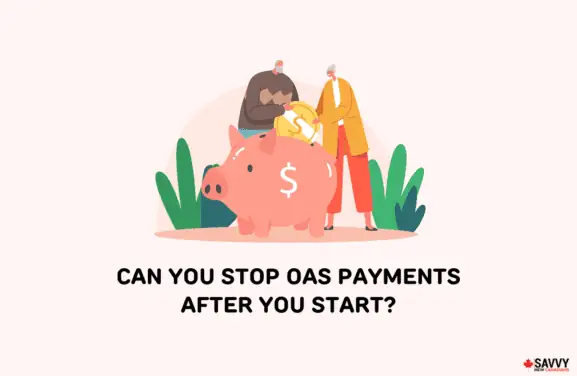When a CPP contributor dies, the surviving spouse or common-law partner receives a CPP survivor’s pension that varies based on their age. Their dependent children get a CPP children’s benefit, and a death benefit is paid to their estate.
Unlike the CPP, OAS does not offer a death benefit. However, a survivor may qualify for an Allowance benefit paid from age 60 to 64.
OAS Allowance for the Survivor
Recipients of the OAS pension are not required to make any contributions during their working years. To qualify for the maximum benefit, they must have lived in Canada for at least 40 years after turning 18. Otherwise, they receive a pro-rated benefit.
After death, these OAS payments stop and are not transferred to a spouse or child.
If your spouse is aged 60 to 64 and they have a low income, they may qualify for the Allowance for the Survivor benefit.
The maximum monthly payment is $1,564.30, and your annual income must be less than $28,224.
You must apply for this benefit and can submit an application online through the My Service Canada Account website or by completing and mailing Forms ISP3008 and ISP3026 to a Service Canada office.
Frequently Asked Questions
The OAS program does not pay a death benefit.
The CPP death benefit is a single payment of $2,500 to the estate of a deceased CPP contributor.
The executor of the estate of the deceived contributor, whoever pays the funeral expenses, a surviving spouse or common-law partner, or the next-of-kin of the deceased can apply for the CPP death benefit.
This is a one-time payment of $2,500 following the death of a CPP recipient. It is referred to as the CPP death benefit. The survivors of a public service pension plan participants may be eligible for a supplementary death benefit (SDB).
Related:



